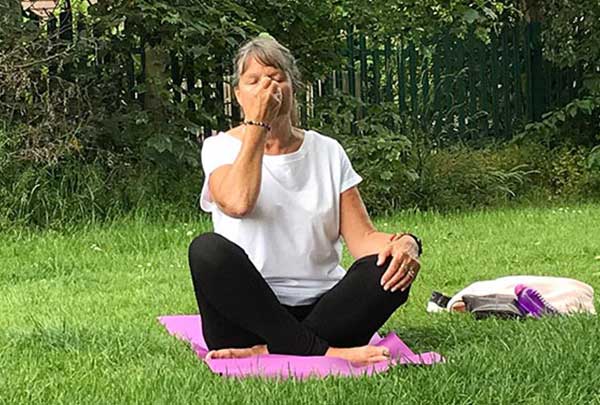Breathing Techniques and Their Benefits in Hatha Yoga, Kemetic Yoga, and Trauma-Informed Yoga
1. Diaphragmatic Breathing (Deep Belly Breathing)
Hatha Yoga:
Known as Dirga Pranayama, this technique involves deep breathing into the belly, ribs, and chest. It enhances lung capacity, calms the nervous system, and prepares the body for asanas.
Kemetic Yoga:
Used in Maat Ka Breathing, which focuses on breath control to align with divine balance (Maat). It improves oxygen flow, reduces stress, and promotes a meditative state.
Trauma-Informed Yoga:
Helps regulate the autonomic nervous system, bringing a sense of safety to trauma survivors. It reduces hypervigilance and supports emotional balance.
2. Alternate Nostril Breathing (Nadi Shodhana)
Hatha Yoga:
Purifies energy channels (Nadis), balances left and right brain hemispheres, and improves focus.
Kemetic Yoga:
Seen in controlled breathwork sequences, it is believed to balance spiritual energy (Ka and Ba), promoting internal harmony.
Trauma-Informed Yoga:
Soothes the nervous system, reduces anxiety, and fosters emotional grounding, helping to regulate overwhelming emotions.
3. Sighing Breath (Ha Breath)
Hatha Yoga:
A stress-relieving breath where a long exhale releases tension, often used in dynamic flows to aid relaxation.
Kemetic Yoga:
Integrated with Tep Heseb (rhythmic breath control), the sighing breath releases negative energy and connects to divine consciousness.
Trauma-Informed Yoga:
Helps release stored trauma by activating the vagus nerve, improving resilience, and encouraging self-regulation.
Want me to format it for a blog or social media post next?

